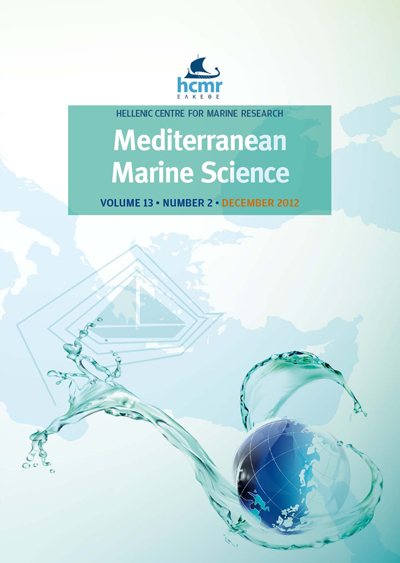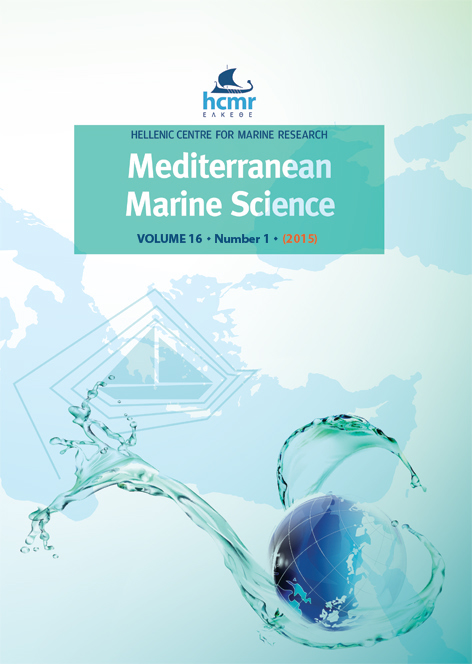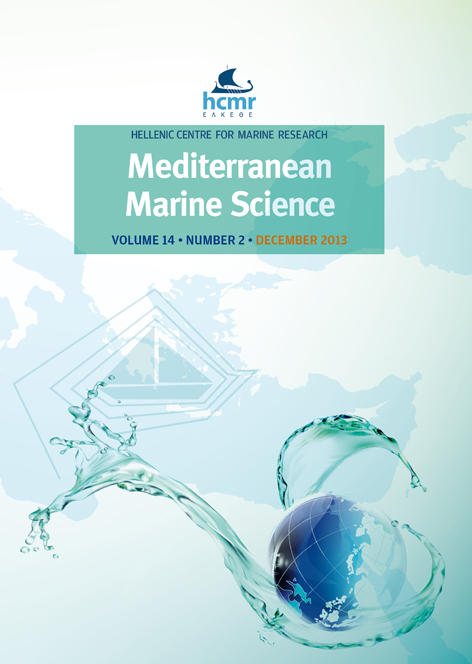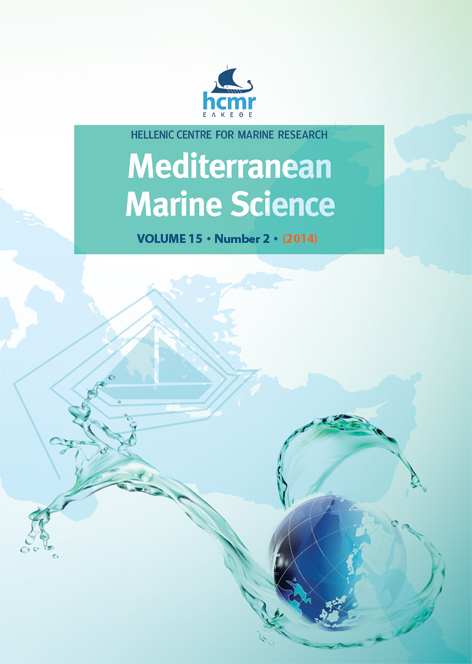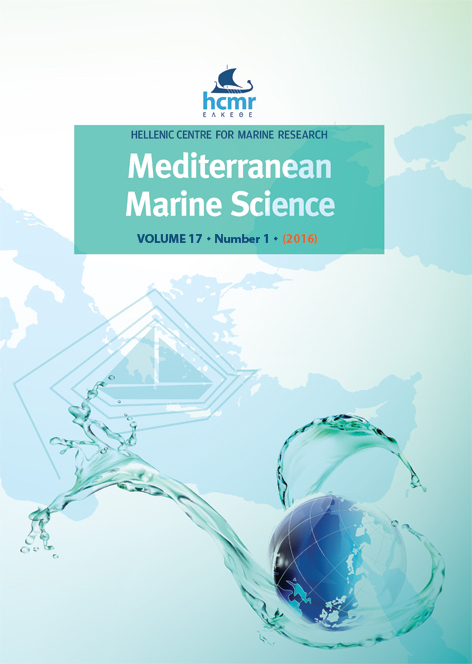Alien species in the Mediterranean Sea by 2010. A contribution to the application of European Union’s Marine Strategy Framework Directive (MSFD). Part I. Spatial distribution
Resumen
Despite the collective effort of experts who attempted in this work, the number of introduced species remains probably underestimated. Excluding microalgae, for which knowledge is still insufficient, aliens have increased the total species richness of the Mediterranean Sea by 5.9%. This figure should not be directly read as an indication of higher biodiversity, as spreading of so many aliens within the basin is possibly causing biotic homogenization. Thermophilic species, i.e. Indo-Pacific, Indian Ocean, Red Sea, Tropical Atlantic, Tropical Pacific, and circum(sub)tropical, account for 88.4% of the introduced species in the EMED, 72.8% in the CMED, 59.3% in the WMED and 56.1% in the Adriatic. Cold water species, i.e. circumboreal, N Atlantic, and N Pacific, make up a small percentage of the introduced species, ranging between 4.2% and 21.6% and being more numerous in the Adriatic and less so in the EMED.
Species that are classified as invasive or potentially invasive are 134 in the whole of the Mediterranean: 108 are present in the EMED, 76 in the CMED, 53 in the Adriatic and 64 in the WMED. The WMED hosts most invasive macrophytes, whereas the EMED has the lion’s share in polychaetes, crustaceans, molluscs and fish.
Article Details
- Cómo citar
-
ZENETOS, A., GOFAS, S., VERLAQUE, M., CINAR, M., GARCIA RASO, J., BIANCHI, C., MORRI, C., AZZURRO, E., BILECENOGLU, M., FROGLIA, C., SIOKOU, I., VIOLANTI, D., SFRISO, A., SAN MARTIN, G., GIANGRANDE, A., KATAGAN, T., BALLESTEROS, E., RAMOS-ESPLA, A., MASTROTOTARO, F., OCANA, O., ZINGONE, A., GAMBI, M., & STREFTARIS, N. (2010). Alien species in the Mediterranean Sea by 2010. A contribution to the application of European Union’s Marine Strategy Framework Directive (MSFD). Part I. Spatial distribution. Mediterranean Marine Science, 11(2), 381. https://doi.org/10.12681/mms.87
- Número
- Vol. 11 Núm. 2 (2010)
- Sección
- Review Article
Authors who publish with this journal agree to the following terms:
- Authors retain copyright and grant the journal right of first publication with the work simultaneously licensed under a Creative Commons Attribution Non-Commercial License that allows others to share the work with an acknowledgement of the work's authorship and initial publication in this journal.
- Authors are able to enter into separate, additional contractual arrangements for the non-exclusive distribution of the journal's published version of the work (e.g. post it to an institutional repository or publish it in a book), with an acknowledgement of its initial publication in this journal.
- Authors are permitted and encouraged to post their work online (preferably in institutional repositories or on their website) prior to and during the submission process, as it can lead to productive exchanges, as well as earlier and greater citation of published work (See The Effect of Open Access).






